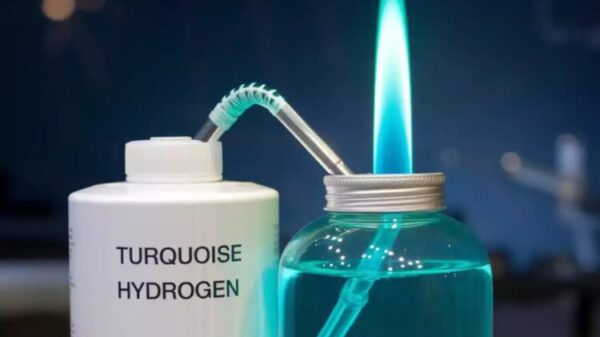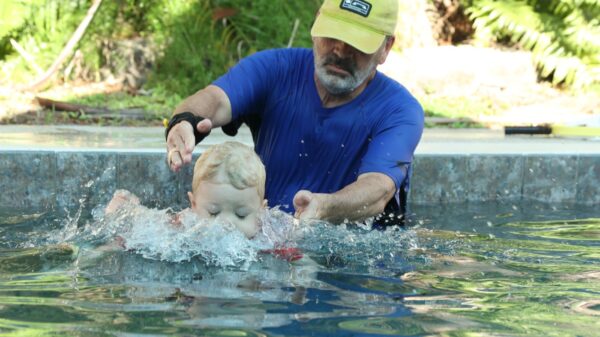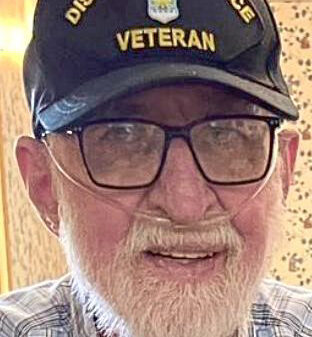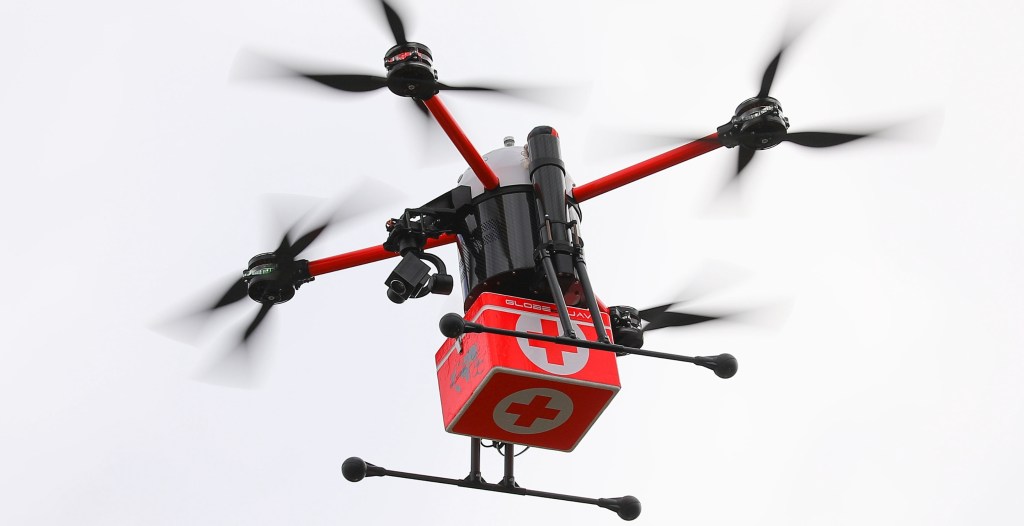UPDATE: In a groundbreaking initiative, Clemens, North Carolina is testing drone-delivered automated external defibrillators (AEDs) in a bid to revolutionize emergency cardiac care. This innovative project, led by Duke Health, aims to dramatically reduce response times during critical cardiac emergencies.
Just announced, the study is the first of its kind in the United States. The urgency of this development could not be more apparent; cardiac arrest victims require immediate assistance, and every second counts. Traditional emergency medical services (EMS) often face traffic and road complexities, which can delay their arrival. Drones provide a direct line of delivery, potentially saving lives.
Once a 911 call is made, dispatch activates a drone equipped with an AED, sending it directly to the scene of the emergency. While bystanders receive guidance from an operator, the drone flies approximately 4 minutes to the location. This innovative approach shaves 2 to 3 minutes off traditional EMS response times—critical moments that could mean life or death.
According to study lead and Duke cardiologist Monique Starks, the use of AEDs within the first 2 to 5 minutes of a cardiac arrest can increase survival chances by a staggering 70 percent. Currently, the survival rate in the U.S. hovers around 10 percent, demonstrating the urgent need for this type of intervention.
However, there are challenges ahead. Most cardiac arrests occur at home, where AEDs may not be readily accessible. With defibrillators currently utilized in only 1 to 4 percent of cases, Duke Health aims to empower bystanders with the tools they need to stabilize victims until EMS professionals arrive.
The potential impact of this initiative is enormous. By bridging the gap between emergency calls and on-scene medical assistance, drone-delivered AEDs could significantly enhance survival rates and change the landscape of emergency medical response in the U.S.
As the project unfolds, all eyes will be on Clemens. Will this innovative method of delivering life-saving equipment prove effective? The community and medical professionals are hopeful, as they await the results of this pioneering study.
For those in the area, the implications are clear: this could reshape how we respond to cardiac emergencies, making the difference between life and death. Stay tuned for updates as this vital project progresses.








































































